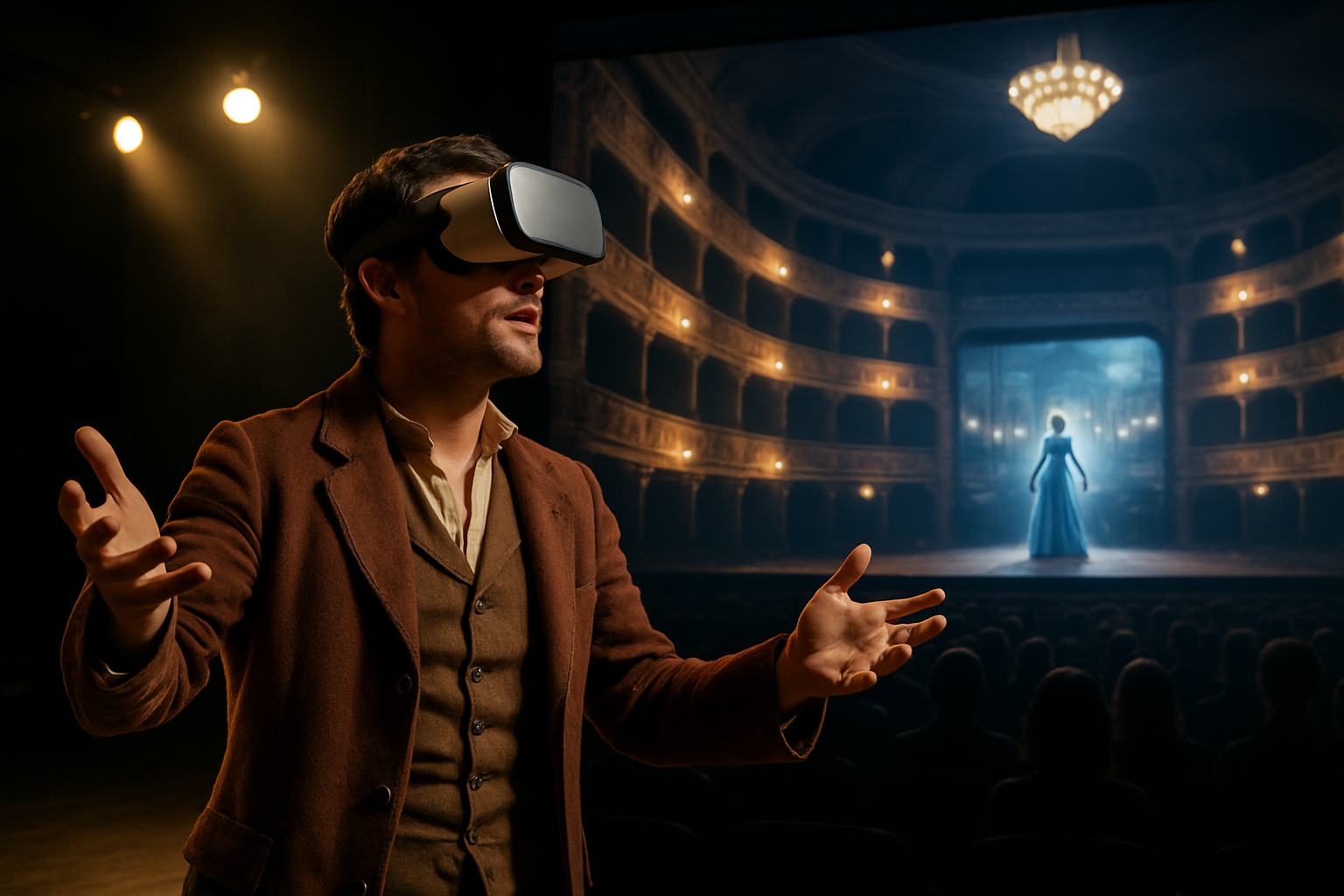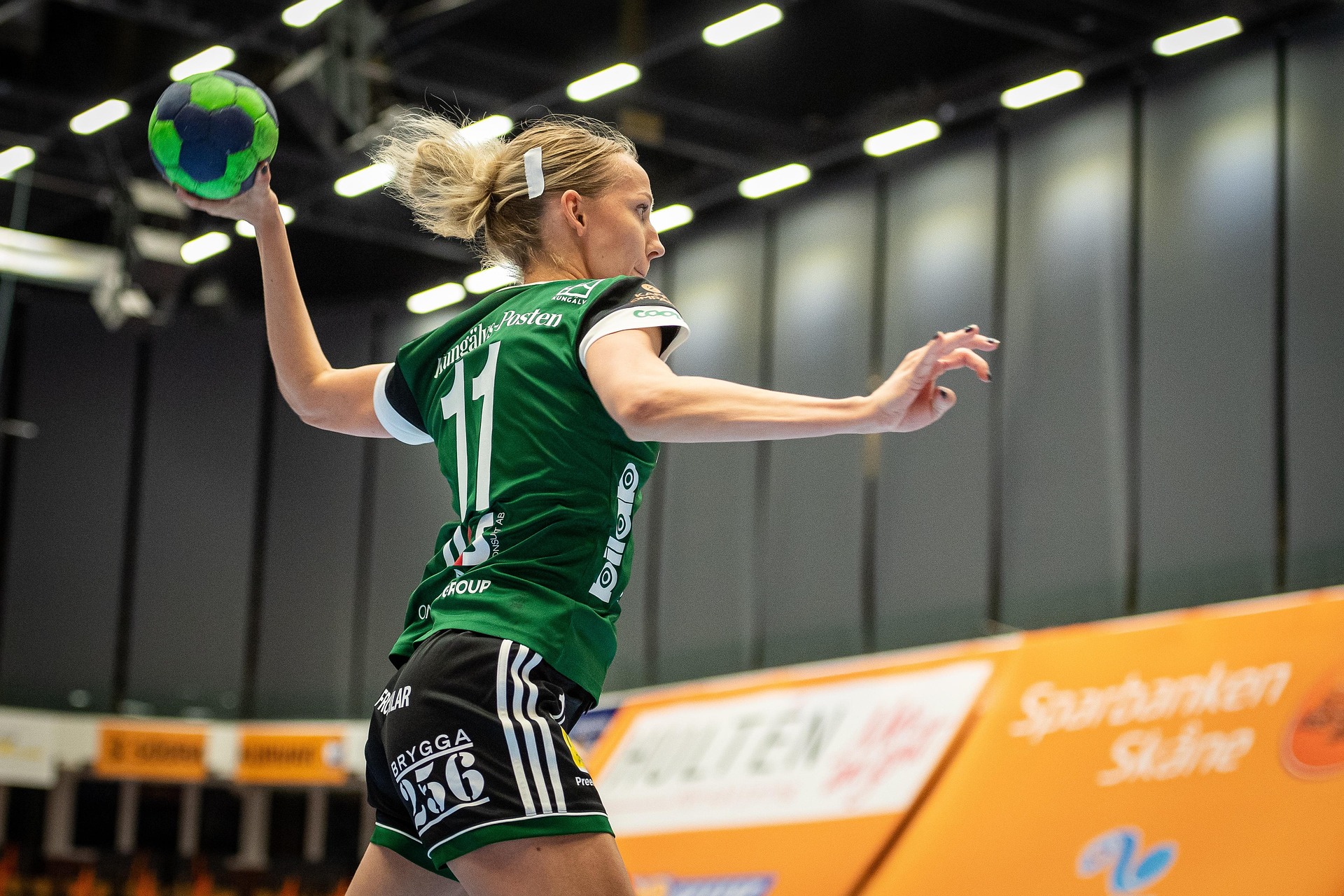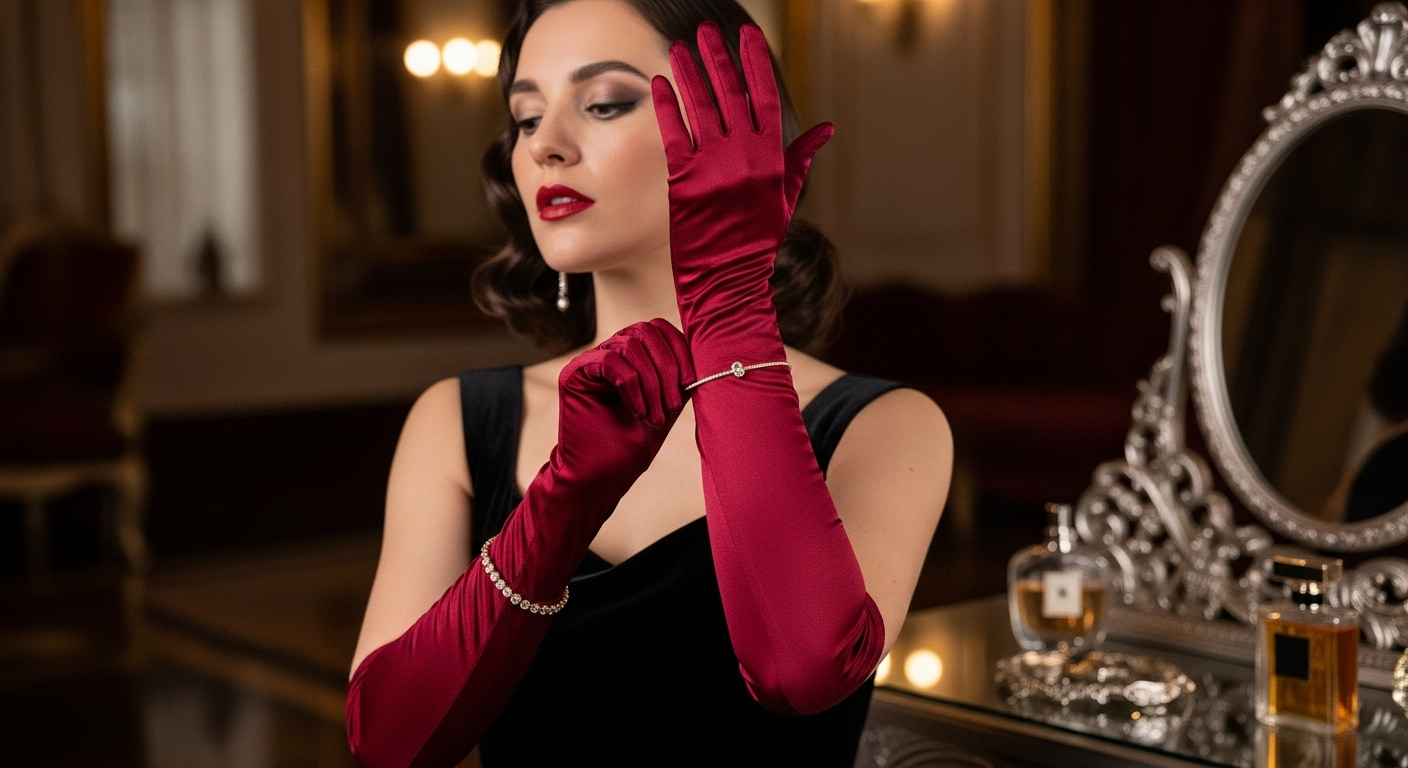Virtual Reality Opera: Redefining Musical Theater
In the ever-evolving landscape of performing arts, a groundbreaking fusion of technology and classical music is captivating audiences worldwide. Virtual Reality Opera, an innovative blend of immersive digital environments and traditional operatic performances, is pushing the boundaries of musical theater. This cutting-edge art form is revolutionizing how we experience opera, offering a unique and interactive journey that transcends the limitations of conventional stage productions. As VR technology continues to advance, opera companies and avant-garde artists are seizing the opportunity to reimagine centuries-old stories and create entirely new narratives in virtual spaces.

Crafting Digital Dreamscapes
One of the most captivating aspects of Virtual Reality Opera is its ability to create fantastical, ever-changing environments that were previously impossible in traditional stage productions. Set designers and digital artists collaborate to craft intricate virtual worlds that respond to the music and libretto in real-time. Audiences find themselves transported from opulent palaces to abstract realms of emotion, all within the span of a single aria. This fluidity of setting allows for a more dynamic and visceral interpretation of the opera’s themes and emotional landscape.
The Artistic Challenges of VR Performance
While Virtual Reality Opera opens up new realms of possibility, it also presents unique challenges for performers and directors. Singers and actors must adapt their techniques to account for the 360-degree nature of VR environments, ensuring that their performances are engaging from all angles. Directors face the task of choreographing movements and staging scenes that work effectively in a virtual space, often requiring a complete reimagining of traditional operatic blocking. Additionally, the integration of live performers with pre-rendered digital elements demands precise timing and coordination to maintain the illusion of a seamless virtual world.
Audience Engagement and Interactivity
One of the most revolutionary aspects of Virtual Reality Opera is its potential for audience interactivity. Unlike traditional opera where spectators remain passive observers, VR productions can incorporate elements of choice and participation. Some productions allow audience members to move freely within the virtual environment, choosing their vantage point or even influencing the course of the narrative. This level of engagement creates a more personalized experience, with each viewer potentially having a unique journey through the opera. The technology also enables social interaction within the virtual space, allowing audience members to share the experience with others in real-time, regardless of physical location.
The Future of Musical Storytelling
As Virtual Reality Opera continues to evolve, it is poised to redefine the boundaries of musical storytelling. Composers and librettists are exploring new narrative structures that take full advantage of the immersive nature of VR, creating operas that could not exist in any other medium. The technology also opens up possibilities for cross-cultural collaborations, allowing artists from different parts of the world to create and perform together in virtual spaces. Furthermore, VR opera has the potential to make this traditionally elite art form more accessible to wider audiences, breaking down geographical and economic barriers to attendance.
Preserving Tradition in a Digital Age
While embracing technological innovation, many Virtual Reality Opera productions strive to maintain connections to the rich history and traditions of the art form. Classic operas are being reimagined for VR, breathing new life into beloved works while preserving their musical and narrative integrity. This balance between innovation and tradition is crucial in attracting both new audiences and long-time opera aficionados. Some productions even incorporate elements of traditional stagecraft within the virtual environment, creating a bridge between the physical and digital realms of performance.
The Technical Hurdles of Virtual Reality Opera
Despite its artistic potential, Virtual Reality Opera faces significant technical challenges. The need for high-quality, low-latency streaming of both audio and visual elements is crucial for maintaining the immersive experience. Additionally, the cost and accessibility of VR hardware remain barriers to widespread adoption. Opera companies and tech developers are working to overcome these hurdles, exploring solutions such as more affordable VR headsets and optimized streaming technologies specifically designed for live performances.
Critical Reception and Artistic Debate
The emergence of Virtual Reality Opera has sparked intense debate within the artistic community. Critics argue over whether VR enhances or detracts from the essence of opera, questioning if the technology overshadows the music and performances. Proponents, however, see it as a natural evolution of the art form, pointing to opera’s long history of incorporating cutting-edge stagecraft and technology. This ongoing discourse is shaping the development of Virtual Reality Opera, pushing creators to find meaningful ways to integrate technology with the core elements of operatic storytelling.
Educational Applications and Outreach
Beyond its role in performance, Virtual Reality Opera is finding applications in music education and outreach programs. VR technology allows students and aspiring performers to step into fully realized productions, offering unprecedented learning opportunities. Some opera companies are using VR to create interactive educational experiences, teaching the history and craft of opera in engaging, immersive ways. This educational aspect of VR opera has the potential to cultivate new generations of opera enthusiasts and performers, ensuring the longevity of the art form in the digital age.





